
History of Autism - The First Use of Term ‘Autism’
Cases of autism have been seen throughout history long before the term ‘autism’ was coined or the disorder properly classified. In 1910, a Swiss psychiatrist Eugen Bleuler used the term ‘autism’ to describe schizophrenia like symptoms in children. In 1938, a paediatrician Hans Asperger talked about autistic children when he was investigating a related syndrome later to be named Asperger’s Syndrome, a disorder closely related to autism. The term ‘autism’ also appeared in a 1943 study published by Dr. Leo Kanner, a psychiatrist and physician, who was at the time working with autistic children. Dr. Kanner believed individuals with autism were hopeless cases, as did many who researched the topic in the years to come. He coined the phrase Early Infantile Autism, believing this was a schizophrenia related disorder that had little or nothing to do with physical development. Around the 1960’s, psychiatrists realized that autism was a continual condition separate from intellectual abilities and schizophrenia. During the 1970’s, people thought genetics took no part in the development of autism whereas nowadays it is regarded as a highly heritable disorder.
Researching Autism and Questioning the Attitudes
In the 1960’s, different groups of people, some being parents of autistic children, started to question the attitudes toward autism in the UK and the US. For instance, Ruth Sullivan was a teacher first to create an educational program for children with autism, and consequently became the first president of the Autism Society of America in 1968. However, it was still difficult to change the misconceptions about autistic children as uninterested, strange, and occupied by banal behaviors. Interestingly, the most detailed and understanding accounts of autism came directly from people affected by the disorder in the 1980’s and 1990’s.
Today's Challenges
In recent years, there has been a lot more understanding of the spectrum of autism related disorders. However, there are still significant challenges when dealing with individuals living with autism as awareness, educational, and professional systems are working on a better understanding and accommodating of the autistic people. Parents of autistic children have to be one of the principal experts on autistic disorders, and many have to become ones overnight.
Statistics on Autism
Studies suggest a 1 to 2 per 1000 individuals suffer from autism whereas about 6 per 1000 are affected by some form of Autism Spectrum Disorder, although it is suggested that the number for ASD may not be accurate. In fact, ASD might be more widespread than we think.
In the past 20 years, the number of people diagnosed with an Autism Spectrum Disorder has risen drastically. This change is thought to be due to changes in the diagnostic, and referral methods, the number of services that are ready to be used by individuals with autism and their families, time in life when a person is diagnosed, and more understanding and knowledge on the part of the community. No one can say for sure that the actual prevalence has not ncreased, but many suggest that instead of focusing on genetic abnormalities and possible causes, our society should turn its attention toward changing the environmental factors that contribute to autism.
Further, autism spectrum disorders are more prevalent in boys than girls, although no research has been able to show the reason why this is the case. In general, things like parents having children at an older age, parents suffering from diabetes, bleeding during pregnancy, and a use of certain medications by the mother during pregnancy are all causal factors. In addition, the age of the father is a more crucial factor in causing autism than the age of the mother. That is, the older the father is, the risk of carrying mutated sperm is higher. Most studies suggest that social and psychological factors such as racial and ethnic background and socio-economic status play little or no role in the development of autism related disorders.
Conditions Related to Autism
There are a number of other psychological problems that are related to autism. For instance, research has shown that ASD is related to various chromosome and genetic impairments, and they are also closely linked with forms of mental retardation. Anxiety disorders are often present as well, although it is challenging to accurately separate their symptoms from those of ADS, as they can be fairly similar.
Further, conditions such as epilepsy, phenylketonuria, and smaller physical impairments can still be found. Like with many other psychological disorders, comorbidity in diagnosis is an important issue, for the criteria of Attention Deficit Hyperactivity Disorder, Tourette’s, and various other disturbances overlap frequently. Lastly, problems with sleep are prevalent in many cases, and will be an issue at one time or another. These problems are usually manifested by having trouble falling asleep, waking up at night often, and too early in the morning. Elements such as irritating misconduct, and stress in the family are usually linked to sleeping problems, and they are thoroughly dealt with by professionals caring for autistic individuals.



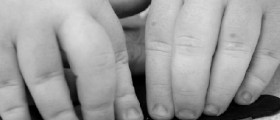
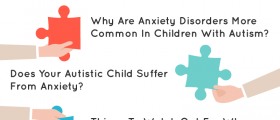

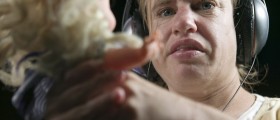
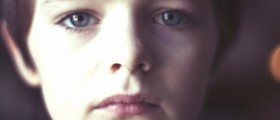



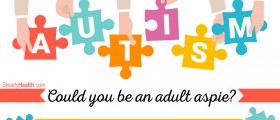
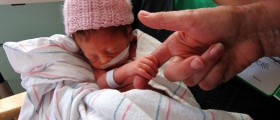



_f_280x120.jpg)
Your thoughts on this
Loading...